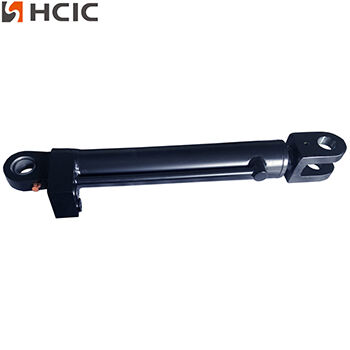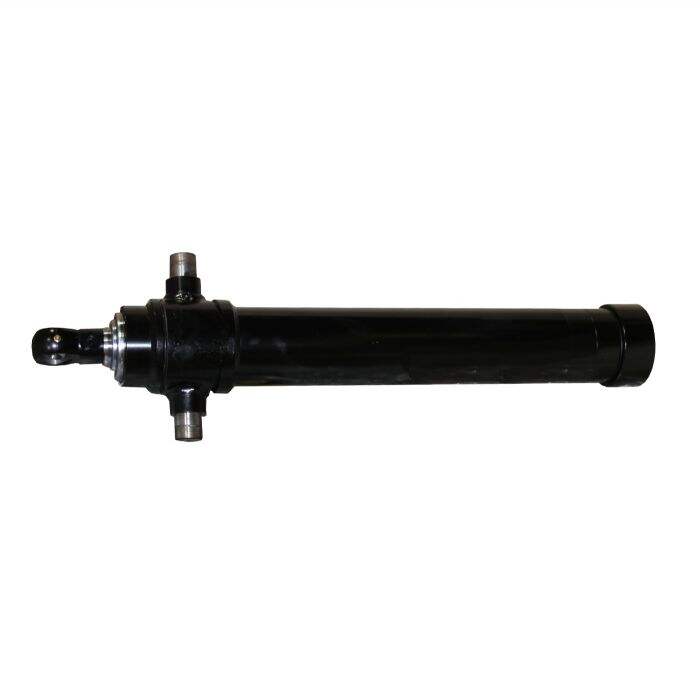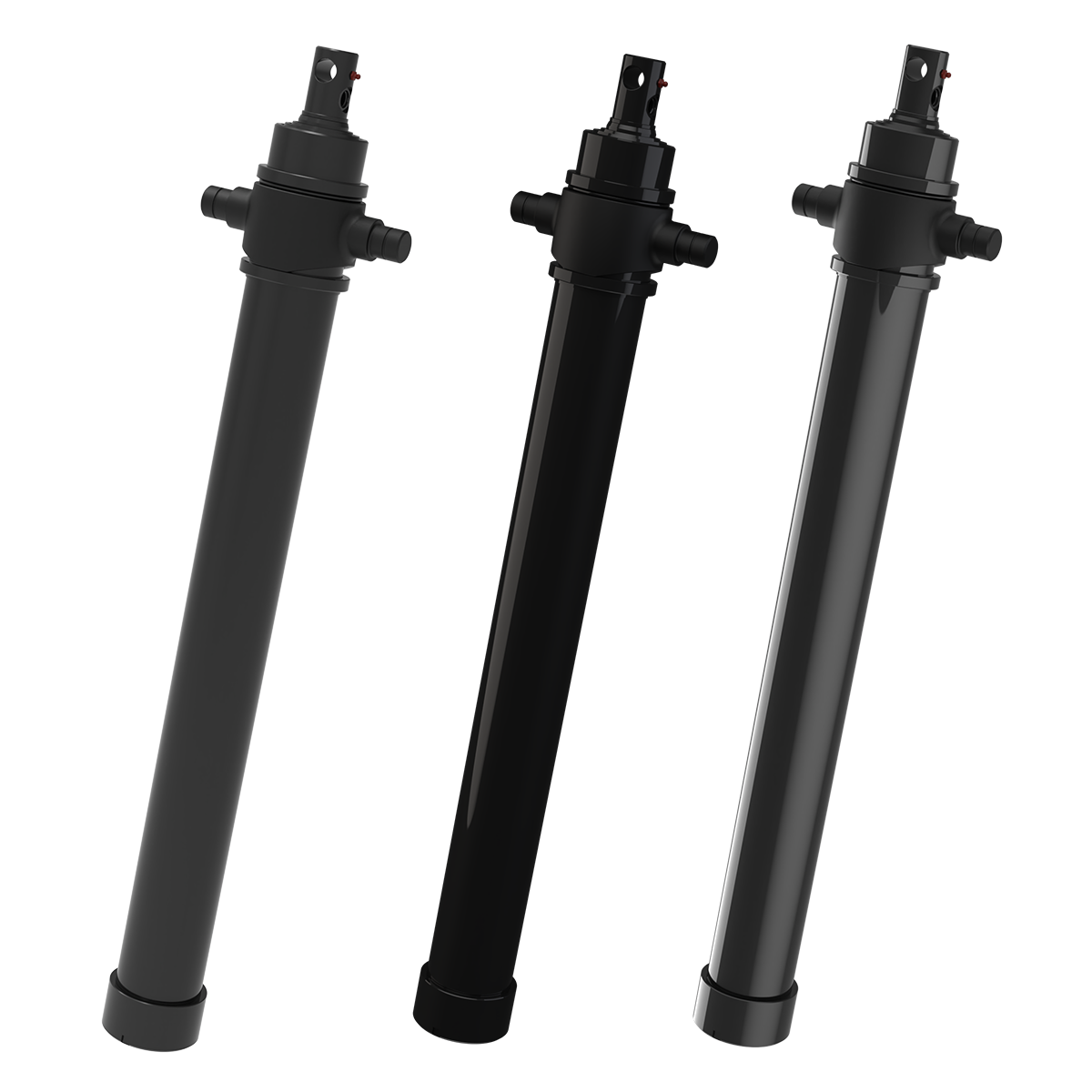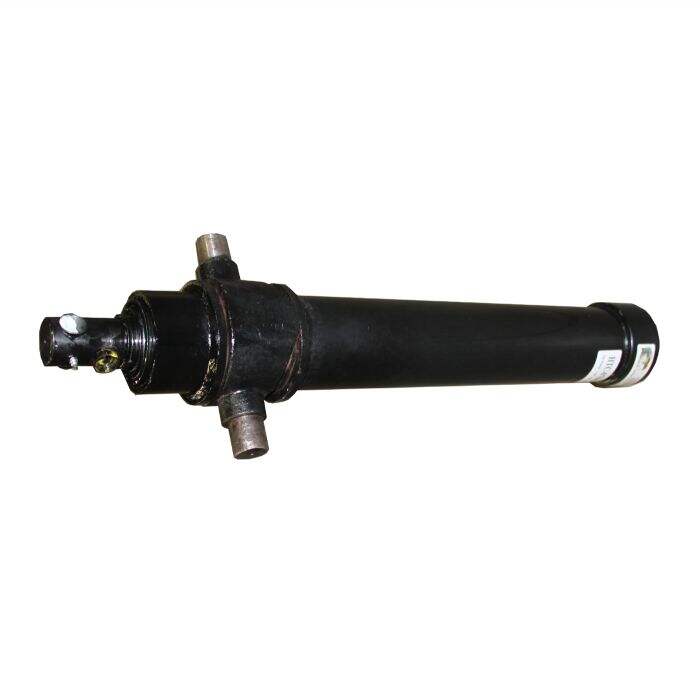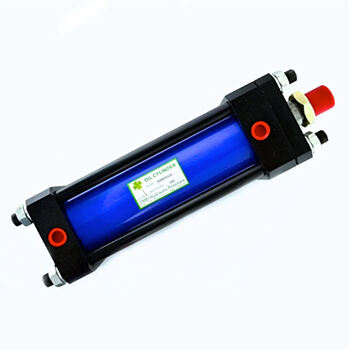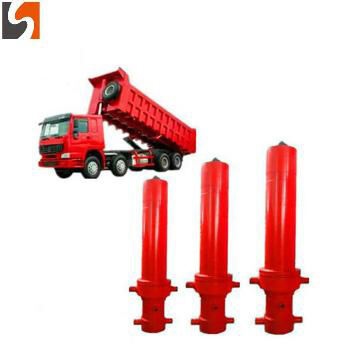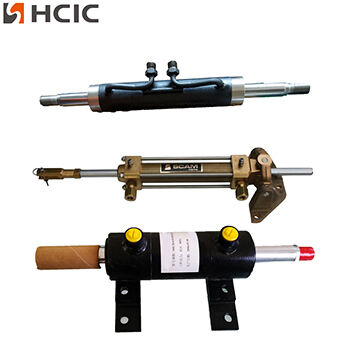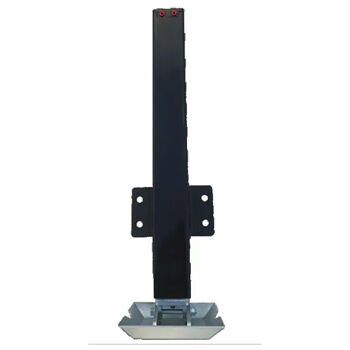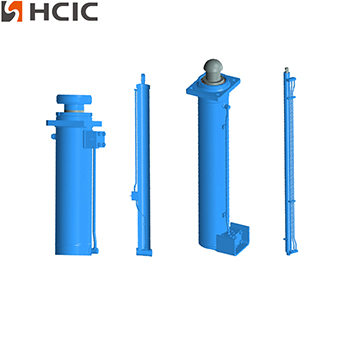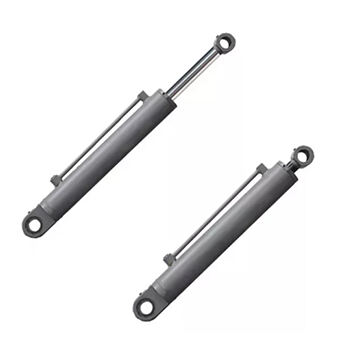Avoiding Hydraulic Cylinder Side Load and Misalignment A Comprehensive Guide
Sep 27, 2024
Hydraulic cylinders are critical components in various industrial and mobile applications, providing the necessary force and motion to perform a wide range of tasks. However, their efficiency and longevity can be significantly compromised by side load and misalignment. This essay explores the causes, effects, and preventive measures for hydraulic cylinder side load and misalignment, providing a detailed guide to ensure optimal performance and durability.
Introduction
Hydraulic cylinders are designed to convert hydraulic energy into linear mechanical force and motion. They are used in applications ranging from construction machinery to industrial automation. Despite their robust design, hydraulic cylinders are susceptible to side load and misalignment, which can lead to premature failure, increased maintenance costs, and operational inefficiencies. Understanding the root causes and implementing effective preventive measures is crucial for maintaining the reliability and performance of hydraulic systems.
Understanding Side Load and Misalignment
Side Load: Side load occurs when a force is applied perpendicular to the axis of the hydraulic cylinder. This can cause bending of the piston rod, uneven wear on seals and bearings, and potential failure of the cylinder. Side load is often the result of improper alignment, incorrect mounting, or external forces acting on the cylinder.
Misalignment: Misalignment refers to the deviation of the hydraulic cylinder from its intended linear path. This can be caused by improper installation, wear and tear, or structural issues in the machinery. Misalignment can lead to side load, increased friction, and uneven wear on the cylinder components.
Causes of Side Load and Misalignment
1. Improper Installation: Incorrect installation of hydraulic cylinders can lead to misalignment and side load. This includes improper mounting, incorrect alignment of the cylinder with the load, and inadequate support for the cylinder.
2. Wear and Tear: Over time, components of the hydraulic cylinder, such as seals, bearings, and rods, can wear out. This wear can cause misalignment and increase the susceptibility to side load.
3. External Forces: External forces acting on the hydraulic cylinder, such as vibrations, shocks, and uneven loads, can cause side load and misalignment. These forces can be due to the operating environment or the nature of the application.
4. Structural Issues: Structural issues in the machinery, such as bent frames, misaligned components, and inadequate support structures, can lead to misalignment and side load on the hydraulic cylinder.
Effects of Side Load and Misalignment
1. Increased Wear and Tear: Side load and misalignment cause uneven wear on the seals, bearings, and piston rod. This can lead to premature failure of these components and increased maintenance costs.
2. Reduced Efficiency: Misalignment and side load increase the friction between the cylinder components, reducing the efficiency of the hydraulic system. This can lead to higher energy consumption and reduced performance.
3. Component Failure: Prolonged exposure to side load and misalignment can cause bending of the piston rod, failure of the seals, and damage to the cylinder barrel. This can result in costly repairs and downtime.
4. Operational Inefficiencies: Misalignment and side load can cause the hydraulic cylinder to operate erratically, leading to operational inefficiencies and reduced productivity.
Preventive Measures
1. Proper Installation and Alignment
- Mounting: Choose the appropriate mounting type for the application. Common mounting types include flange mounts, clevis mounts, and trunnion mounts. Ensure that the mounting is secure and properly aligned with the load .
- Alignment: Use alignment tools and techniques to ensure that the hydraulic cylinder is properly aligned with the load. This includes checking the alignment of the cylinder with the load and ensuring that the cylinder is parallel to the load path .
2. Regular Maintenance and Inspection
- Inspection: Regularly inspect the hydraulic cylinder for signs of wear and tear, misalignment, and side load. This includes checking the seals, bearings, and piston rod for damage³.
- Lubrication: Ensure that the hydraulic cylinder is properly lubricated to reduce friction and wear. Use the appropriate lubricant for the application and follow the manufacturer's recommendations .
3. Use of Stop Tubes and Dual Pistons
- Stop Tubes: Stop tubes provide additional support for the piston rod and reduce the bearing stress. They are particularly useful for long-stroke cylinders and applications with high side loads .
- Dual Pistons: Dual pistons provide additional bearing surface and support for the piston rod, reducing the risk of side load and misalignment .
4. Structural Support and Reinforcement
- Support Structures: Ensure that the machinery and support structures are robust and properly aligned. This includes checking for bent frames, misaligned components, and inadequate support structures³.
- Reinforcement: Reinforce the support structures and components to reduce the risk of misalignment and side load. This includes using stronger materials and adding additional support where necessary .
5. Use of Spherical Bearings and Rod Eyes
- Spherical Bearings: Spherical bearings allow for slight misalignment and reduce the risk of side load. They are particularly useful for applications with dynamic loads and vibrations .
- Rod Eyes: Rod eyes provide a flexible connection between the hydraulic cylinder and the load, reducing the risk of misalignment and side load³.
6. Environmental Considerations
- Operating Environment: Consider the operating environment when selecting and installing hydraulic cylinders. This includes accounting for temperature variations, vibrations, and external forces .
- Protective Measures: Implement protective measures, such as shields and dampers, to reduce the impact of external forces on the hydraulic cylinder .
Case Study: Preventing Side Load and Misalignment in a Construction Application
Background: A construction company experienced frequent failures of hydraulic cylinders in their excavators. The failures were attributed to side load and misalignment, leading to increased maintenance costs and downtime.
Investigation: The company conducted a thorough investigation to identify the root causes of the failures. The investigation revealed that the hydraulic cylinders were improperly installed and misaligned with the load. Additionally, the operating environment subjected the cylinders to high vibrations and external forces.
Solutions:
1. Proper Installation and Alignment: The company implemented proper installation and alignment procedures, including the use of alignment tools and techniques. They ensured that the hydraulic cylinders were properly aligned with the load and securely mounted.
2. Use of Stop Tubes and Dual Pistons: The company installed stop tubes and dual pistons to provide additional support for the piston rods and reduce the risk of side load.
3. Structural Support and Reinforcement: The company reinforced the support structures and components to reduce the risk of misalignment and side load. They used stronger materials and added additional support where necessary.
4. Use of Spherical Bearings and Rod Eyes: The company installed spherical bearings and rod eyes to allow for slight misalignment and reduce the risk of side load.
5. Environmental Considerations: The company implemented protective measures, such as shields and dampers, to reduce the impact of external forces on the hydraulic cylinders.
Results: The implementation of these solutions significantly reduced the frequency of hydraulic cylinder failures. The company experienced increased efficiency, reduced maintenance costs, and improved operational performance.
Conclusion
Avoiding hydraulic cylinder side load and misalignment is crucial for maintaining the efficiency and longevity of hydraulic systems. By understanding the causes and effects of side load and misalignment, and implementing effective preventive measures, you can ensure optimal performance and durability of hydraulic cylinders. Proper installation and alignment, regular maintenance and inspection, use of stop tubes and dual pistons, structural support and reinforcement, use of spherical bearings and rod eyes, and consideration of environmental factors are key to preventing side load and misalignment. By following these guidelines, you can enhance the reliability and performance of your hydraulic systems, reducing downtime and maintenance costs.HCIC is a professional hydraulic manufacturer, mainly engaged in hydraulic system design, manufacture, installation, transformation, commissioning and hydraulic components brand sales and technical services.We hope that our product can help to save your cost and improve your quality. For More details please email us "[email protected]" or google search "HCIC hydraulic"

 EN
EN
 AR
AR
 BG
BG
 HR
HR
 CS
CS
 DA
DA
 NL
NL
 FI
FI
 FR
FR
 DE
DE
 EL
EL
 HI
HI
 IT
IT
 JA
JA
 KO
KO
 NO
NO
 PL
PL
 PT
PT
 RO
RO
 RU
RU
 ES
ES
 SV
SV
 CA
CA
 TL
TL
 IW
IW
 ID
ID
 LV
LV
 LT
LT
 SR
SR
 SK
SK
 UK
UK
 VI
VI
 HU
HU
 TH
TH
 TR
TR
 FA
FA
 MS
MS
 GA
GA
 CY
CY
 KA
KA

